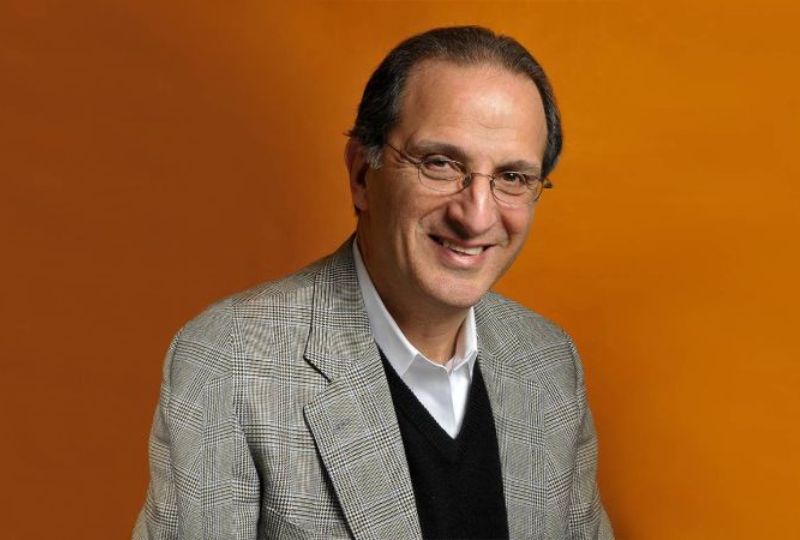US Democrats have long focused on winning elections by appealing to their ‘base’ of young, Black, Latino and Asian voters, and educated women.
At the same time, they’ve largely abandoned white working-class voters to Republicans – leading to Democratic losses across the Midwest and Mid-Atlantic.
Looking at data from the 2020 and 2024 elections, Democrats appear to be paying a price for writing off white working-class voters and are now in danger of losing portions of their ‘base’ constituencies with declines in percentages of Black, Latino, and Asian voters voting with Democrats.
Given the party’s spending to target these voters, this drop in support is a worrisome sign they must address.
The question is how to address it.
Typically, Democrats focus their messaging on poll-tested issues unique to each group, like civil rights or police brutality for Black voters and immigration reform for Latinos.
This approach raises several concerns.
First, it ignores the complexity of each group. Among Asian and Latino communities, some are descendants of immigrants who’ve been in the US for generations, while others are more recent arrivals.
Then, there’s the diversity of their countries of origin.
Asian Americans may hail from China, Pakistan, India or Vietnam, while Latinos might come from Cuba, Puerto Rico or Central America.
The Black community should also not be stereotyped, given their diversity based on class and the often-ignored fact that about 20 per cent of Black Americans are immigrants from African or Caribbean nations.
With this backdrop, I accepted an invitation to address an Asian American conference on the issues in the 2026 election.
I deliberately did not prepare an ‘Asian’ speech.
I recalled a story I’ve told before about an Arab American-hosted 2004 Democratic candidates’ forum. One candidate – leading in the polls at that time – told me, “Here’s what I’m going to do. I’m going to start by addressing jobs, heath care, Social Security and education. Then I’ll talk about your community’s issues.”
I responded, “With all due respect, sir, Arab Americans need good jobs, get sick, get old, and want good education for their kids. Those are our issues. And if by ‘my community’s issues’ you mean the war in Iraq and Israeli-Palestinian peace, those are issues for all Americans, not just Arab Americans.”
I, therefore, framed my remarks to this Asian American conference by telling them about the history of Arab immigration to the US, the problems we encountered, and our successes.
I then spoke to our shared concerns with other immigrant communities and how the very values that brought us here are being eroded by bigotry and repression.
I concluded by noting that the Statue of Liberty’s message – ‘give me your tired and poor, your huddled masses yearning to be free’ – once a promise, has become a challenge.
That’s what’s at stake in 2026.
My point is what too many Democratic leaders don’t understand. Candidates might get applause from groups by touching their ‘hot button’ concerns. But what ultimately wins elections is a candidate and a party’s ability to project a simple overarching theme that resonates with voters across racial, ethnic, regional lines. Republicans have long been much better at this.
If you asked a Reagan-era Republican what they stood for, they’d respond: ‘Smaller government, less taxes’.
But ask a Democrat and they’d reel off a litany of causes – like an old guy at a peace march with dozens of buttons on his chest – and leave you to figure out the connecting theme.
Donald Trump has substituted his own theme – ‘Make America Great Again’ – conveying multiple issues and layers of meaning: economic protectionism, anti-immigration, disengagement from foreign ‘entanglements’, and a rejection of cultural change and return to ‘traditional values’.
While grounded in bigotry, hypocrisy, and/or destined for failure, it also resonates with and inspires many voters.
In the past Democrats have developed captivating ‘bumper stickers’ that capture their message’s essence, tying together voters across the electorate: Franklin Roosevelt’s ‘New Deal’, Jimmy Carter’s ‘return to decency’, Bill Clinton’s ‘bridge to the 21st century’ and Obama’s ‘Hope’.
Democrats today must answer the question: “What are you for?” Will they be the old guy pointing at all his buttons, or the consultant-driven candidate targeting issues for each group? They must have an answer that speaks to all groups and inspires them.


&uuid=(email))